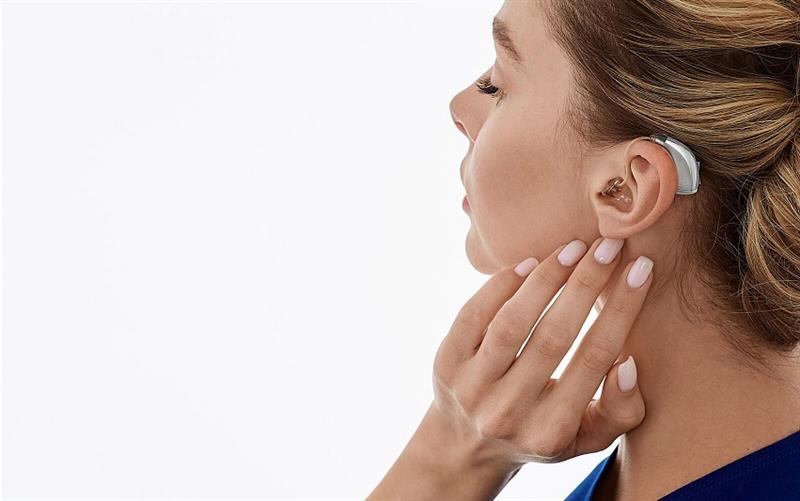
In the realm of auditory assistance, the evolution of technology has provided profound solutions for individuals experiencing hearing loss. Two primary devices, cochlear implants and hearing aids, stand out as revolutionary tools in restoring or enhancing hearing capabilities. While both serve the overarching purpose of improving auditory perception, they operate on distinct principles and cater to different types of hearing impairments.
Cochlear implants and hearing aids represent remarkable advancements in auditory technology, offering invaluable assistance to individuals with hearing impairments. While cochlear implants directly stimulate the auditory nerve, providing profound benefits for severe to profound hearing loss, hearing aids excel in amplifying sound and enhancing auditory experiences for mild to moderate hearing loss. Understanding the mechanisms, applications, and suitability of each device is essential in guiding individuals and healthcare professionals toward informed decisions that optimize hearing outcomes and improve overall quality of life.
Understanding Cochlear Implants:
1. Mechanism of Action:
Cochlear implants function by bypassing damaged parts of the inner ear and directly stimulating the auditory nerve. This is achieved through an electrode array implanted within the cochlea, which converts incoming sound into electrical impulses. These impulses are then transmitted to the brain, where they are interpreted as sound.
The electrode array consists of a series of electrodes that are inserted into the cochlea during surgery. Each electrode corresponds to a specific frequency range of sound, allowing for a wide range of auditory perception.
Sound is captured by a microphone located on the external portion of the implant processor. The processor then converts the sound into digital signals, which are sent to the internal portion of the implant where they are processed and transmitted to the electrode array for stimulation of the auditory nerve.
2. Candidacy and Surgical Procedure:
Candidates for cochlear implants typically have severe to profound hearing loss in both ears and receive limited benefit from hearing aids. Factors influencing candidacy include the degree and type of hearing loss, the presence of auditory nerve function, and medical considerations.
Candidates undergo comprehensive evaluations by audiologists, otolaryngologists, and other specialists to determine eligibility for cochlear implantation.
The implantation surgery is performed under general anesthesia and involves creating an incision behind the ear, drilling into the mastoid bone to access the cochlea, and inserting the electrode array. The internal portion of the implant is then secured under the skin, and the incision is closed.
3. Rehabilitation and Adaptation:
Following implantation, recipients undergo a period of rehabilitation to adapt to hearing with the cochlear implant.
Rehabilitation involves intensive auditory training sessions with audiologists to help recipients learn to interpret the new auditory signals provided by the implant.
Adjusting to life with a cochlear implant can be emotionally challenging for some recipients. Support groups and counseling services are often available to assist with the emotional adjustment process.
Exploring Hearing Aids:
1. Types and Functionality:
Hearing aids are amplification devices designed to improve hearing by making sounds louder and clearer. They come in various styles, including behind-the-ear (BTE), in-the-ear (ITE), completely-in-the-canal (CIC), and others.
- Behind-the-ear (BTE), in-the-ear (ITE), and other types:
BTE hearing aids consist of a case worn behind the ear that houses the electronic components and a tube or wire that delivers sound to the ear canal. ITE hearing aids are custom-molded to fit within the ear canal.
- Amplification and sound processing:
Hearing aids amplify sounds using a microphone, amplifier, and speaker. They also feature signal processing technology to adjust frequencies and enhance speech clarity.
2. Suitability and Customization:
Hearing aids are suitable for individuals with mild to moderate hearing loss and can be customized to meet individual needs.
- Mild to moderate hearing loss:
Hearing aids are often recommended for individuals with mild to moderate hearing loss who do not require surgical intervention.
Hearing aids can be programmed and adjusted by audiologists to address specific hearing needs, such as amplifying certain frequencies or reducing background noise.
3. Lifestyle Integration:
Modern hearing aids are designed to seamlessly integrate into daily life, offering various features to enhance comfort and functionality.
Many hearing aids are equipped with wireless connectivity options, allowing users to stream audio directly from smartphones, televisions, and other devices.
Hearing aids come in a range of styles, colors, and sizes to accommodate individual preferences and ensure comfort during wear.
4. Comparative Analysis:
Cochlear implants and hearing aids offer different levels of hearing improvement and are suited to different types of hearing loss.
- Range of hearing improvement:
Cochlear implants can provide significant improvement in auditory perception for individuals with severe to profound hearing loss, while hearing aids are more suitable for mild to moderate hearing loss.
- Suitability for different types of hearing loss:
Cochlear implants are typically recommended for individuals with sensorineural hearing loss, while hearing aids can benefit individuals with various types of hearing loss, including conductive and mixed hearing loss.
5. Considerations for Decision Making:
Several factors should be considered when deciding between cochlear implants and hearing aids.
Cochlear implants are generally more expensive than hearing aids, and insurance coverage may vary. Cost-effectiveness analysis should take into account the long-term benefits and outcomes associated with each option.
Individual preferences, daily routines, and activities play a significant role in determining the most suitable hearing solution. Factors such as comfort, aesthetics, and ease of use should be considered.
It's ideal to keep yourself as educated with your hearing aids and a new breakthrough in the technology. Ask your query via Book an Appointment today. For more information visit https://hearing.careinc.ca or you can call us today at (403)605-6300